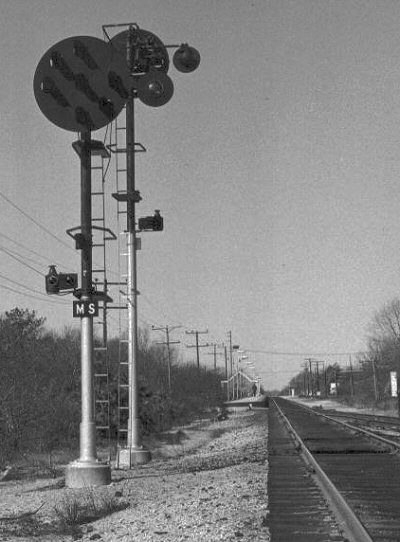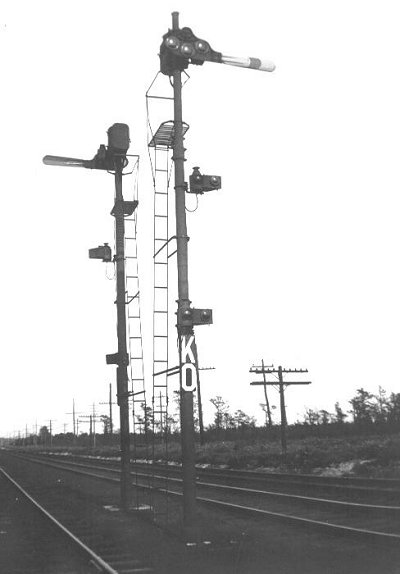Most definitely!!!
All the old-style position light signals that were in place were all of the Pennsy standard.
Also, the old style unattended block station signals / block limit station signals were a Pennsy introduction when the "K" card system was placed in service in the 1928 employee timetable.
Here's an example taken back in 1970 at "MS" showing both the old PRR-style position light signals AND the unattended block station signals lower down on the mast, complete with call letters. The smaller, single signals jutting off to the right of the position light signals are the train order signals. (This view is looking west towards the Mastic-Shirley station, visible in the background.):

And, going back to semaphore days, here's an example, taken in 1940, of KO at Ronkonkoma, displaying both the Pennsy-style semaphore signals, as well as the unattended block station signals lower down on the mast. (This view is looking east.):

Dave Keller

